Sometimes when I am Google Reading in the World of the eBook Author, I come across a post that takes me back in time. A post that brings back memories of my early business career. Oh, the world of Peter Drucker, Parkinson’s Law and the Peter Principle.
Daniel Hall did that with a blog on the Selling Books blog site: USING THE “LONG TAIL” IN WRITING AND MARKETING YOUR BOOKS. Selling Books is a great marketing blog for eBook Authors.
The essence of his post was the story of the longevity of a digital book.
First. eBook sales will be forever.
Second. If an author puts enough quality products in the pipe, they will sell their eBooks.
Third. If authors puts their ebooks in the on-line path of shopping traffic like Amazon and if it’s quality stuff, the readers will buy and return and buy again.
The Long Tail at one time was called the 80-20 Rule (“80% of your sales come from 20% of your clients”). There were no on-line sales back then. Corporations produced large quantities of products and filled the marketplace. Then they hired large direct sales staffs. Their mission was to sell to the 80% that seldom purchased anything. Their theory was that the 80% would buy in the long run. They could have concentrated on the 20% but that would have left money on the table.
Then across my screen came a guest blog by Robin Sullivan on J. A. Konrath’s site about the success of 26 eBook authors in December 2010. The blog concentrated on the analysis of the volume of ebooks sold and whether it was because they had a traditional publishing background or not. Their conclusion was that the majority of the authors did not have a published background. The pure self-publisher and eBook author.
Actually she worked with Derek Canyon to put together the list of eBook Authors and their volumes, genre and quantity of titles. His blog was called: Keys to Epublishing Success.
I thought it would be interesting to carry the study a little further to see if the Long Tail and their success had any connection. What are these successful authors doing besides writing quality books? We know that there are many authors who write good content that don’t get on the success scoreboard.
Fill the Pipe
The first thing that Sullivan’s study showed was that 7 of the 26 authors had more than 10 ebooks on Amazon to draw their numbers from. All had more than one eBook. So an author can take advantage of the Long Tail by creating quality content and having them all available on-line for purchase at any time. In the bookstore you would never find ten different books by the same author on the shelves for purchase.
It creates a synergy effect. As the author adds more products to the pipeline, the reader has more choices. If the reader likes one book, there are other ebooks on-line for their immediate purchase.
Time Management
Another observation was now the authors handled time management. When you’re a writer and a blogger sometimes you are time bound. There are just not enough hours in the day to get the job done. Some of the regular bloggers I follow use guest bloggers to keep their message flowing and free up some extra time. Good idea if the guest keeps on target with the theme of your blog. Our initial author’s list was a combination of Robin Sullivan’s blog on the J. A. Konrath site.
Niche Market
Another item that stared out at me was the high percentage of successful authors in the genre of Paranormal, Romance and Fantasy. Over 60 percent. These authors clearly saw their target market and knew how to cultivate that market. They developed their audience and keep giving them good quality content.
These authors formed a group in their genre area. Then they got readers to visit the group site for one-stop shopping of their favorite type of ebooks.
Marketing Review
So I decided to take a look at some of the author’s marketing schemes and see if there was a smoking gun or just lots of bullets being fired hoping they hit the target. As I anticipated the original 26 authors had websites and/or blogs. Some had a blog for each book they had published. Some even had a newsletter to keep in touch with their reader base.
Most of them were quite organized with links, driving readers to their buy page and, of course, links to return to their site again. They had lots of friends and followers.
Almost all of the authors belonged to an on-line authors’ group. The most popular were Goodreads, AuthorsDen and Kindleboards. They were active in social networks like Facebook and Twitter. Some had Promo stuff and giveaways to attract readers. Others had displayed reviews of their ebooks and book samples. All good marketing ideas.
All of them had what I call the Power of Links. You know the game of Search Engine Optimization that we all try to play. If you’re marketing on the Internet, you need to be on the front page. You know if you Google your name or your book title and you’re not on the first page, you are doing something wrong.
The authors had links to everywhere it seemed. They had blog rolls. They had links to their ebooks, to other sites and other authors.
Where are the Big Dogs and Cats
Now I had completed the review of the original list of authors with impressive quantity numbers. (supplied by the authors themselves). But something was missing. One thing that I noticed was except for a handful of writers whose blogs I follow, none of the authors were any of the top authors that you read about all the time. Where were the heavy hitters?
So I went back to the Internet and my database. I tried a new angle. I picked the Amazon Kindle Store Top 100 list and started another analysis. I needed to compare them to my original list. There they were. Dan Brown, Dean Koontz, James Patterson, John Grisham, Lee Child, Stuart Woods, Tom Clancy. All my favorite authors. They were selling their traditional books and ebook versions at the same time. Here was the group of authors with traditional publishing background and high level branding that weren’t in the original list.
Of course the top author in the list was Stieg Larsson. He had 3 ebooks in the top 8. The ‘The Girl With/Who’ phenomena is something for a different blog. To know his quantities would be interesting.
My original list of authors had three ebooks in the top 100. The authors were H.P. Mallory, Victorine E. Lieske and Amanda Hocking. Now to Amanda.
Amanda Hocking
The star of the list was Amanda Hocking, a young author from Minnesota. She writes young adult urban fantasy and paranormal romance.
She is what I called on my blog recently, the New Breed of Author. She is an author who knows how to communicate in an on-line environment. She has a blog. She is connected to her readers on Twitter. (454 followers at this writing) She stays alive with her friends and fans on Facebook.
Her blog is a place where her readers can discuss her books directly with her. She shares her life with her readers by listing her favorite movies, places and people she enjoys and books she likes. Her audience is a new breed of reader. One that has grown up in the digital age. One that doesn’t think twice about reading on an electronic device. One who thinks bookstores are boring and would rather buy on-line.
Amanda is connected to on-line groups like Kindleboards and Goodreads and I bet she is comfortable with all of them. Also she belongs to the Indie Urban Fantasy and Paranormal Romance writers and readers group (group idea mentioned above). Its purpose is to unite fans of paranormal romance and urban fantasy fiction with indie authors. This is Amanda’s niche market. It’s probably no coincidence that the group was started by H.P. Mallory, one of the 3 original authors on the Top 100 List.
Amanda has 7 books listed in the Kindle store Top 100. What is interesting is her top ebook (No. 3), Switched, has been on the top list for 64 days. Her lowest ranking ebook of the 7, Wisdom (No. 56) has been on the top list for 37 days. It seems if she can keep filling the pipeline, she is on her way to success.
As she says in her bio, she likes to write and drink Red Bull. I don’t know how that fits into her marketing plan but things are definitely working out for her.
The irony of the ticking time-bomb
Then there is the writer who has written some pieces over the years but has never been successful enough to survive the traditional publishing war games. I call them pieces because people in the know tell me they are not books unless they are on paper and have covers. And of course they are not real books unless the authors paper-bound gems have sat on a bookstore shelf some place.
Now self-publishing comes along and the writer has an opportunity to get his piece published. He doesn’t have a clue about how to start but he knows if he tries hard enough and gets the right information and follows the right steps, he can get his ebook published somewhere on-line. No questions asked. He would control the show.
So what did the writer have? His new ebook is either bullpucky and should have stayed on his hard drive or his gem is something that didn’t make the cut because the book was in too much of a niche market or some publisher had reached his quota or whatever reason they gave for not signing him up.
Anyway he is published now. And the scary version of this is his ebook piece will be in the pipeline for all time. Unless Amazon or her cousins get into a purging mood or his ebook format no longer works, his ebook will be on-line forever, hanging onto the Long Tail.
So what do we have here?
If you want to be a Rolex and not a Timex or a grandfather clock, do what the heavy hitters do.
-
Create quality ebooks in a definable genre
-
Fill the pipeline full of your product
-
Get involved in Social networking
-
Establish a website and blog and keep it active – reach out to your readers
-
Use the Power of Links and create a synergy between you and your reader
-
Join groups in your genre like Amanda and H.P. Mallory did
-
If you’re not a traditional, established author, you need to try harder with on-line tools
-
You need to establish a brand in your genre to create repeat business
-
If you have a blog, use guests to free up time to write but still get your message out
So do you have time to do this? It’s a big opportunity for authors to get their ebooks to readers. What do you thing about the future of the ebook Author? Do you think you can grab a hold of the Long Tail? Please comment if you want to contribute to the blog or to add to our shopping list.
Or my website: HBSystems Publications
Visit my The eBook Author’s Corner blog
Or email at: jrm@hbspub.com
Get an Editorial Review | Get Amazon Sales & Reviews | Get Edited | Get Beta Readers | Enter the SPR Book Awards | Other Marketing Services






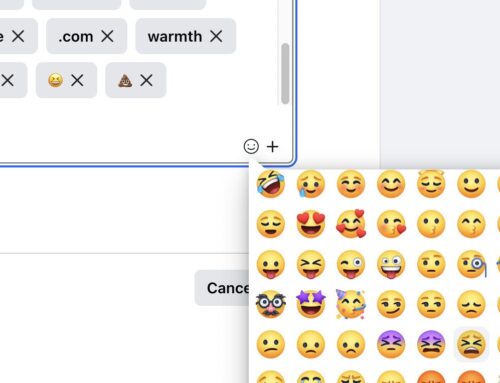


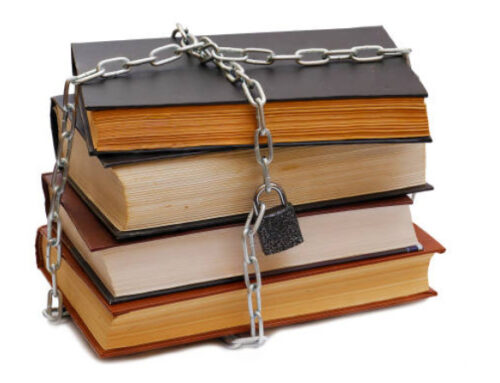
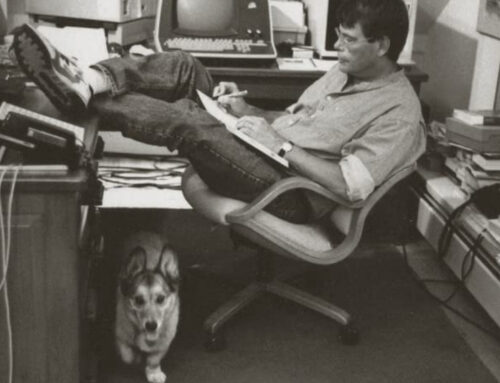


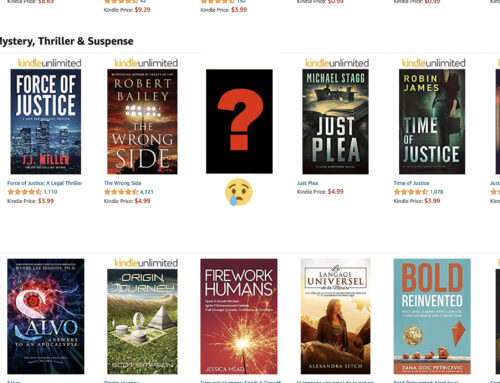
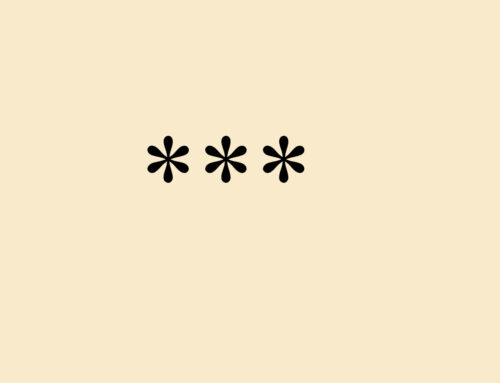
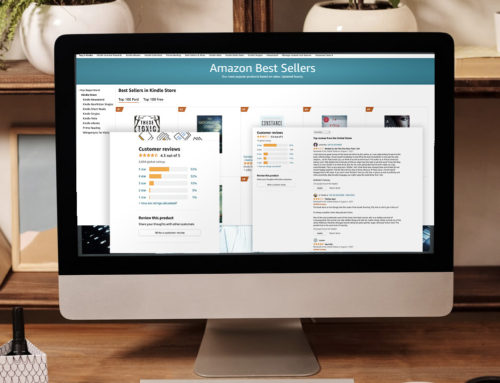




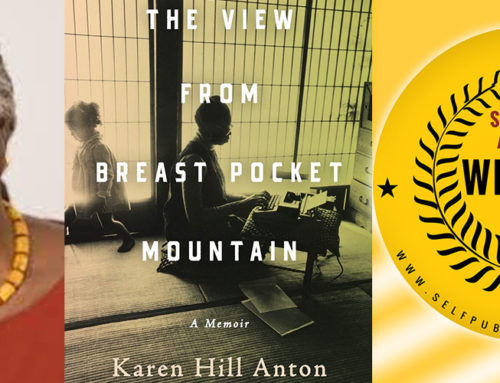
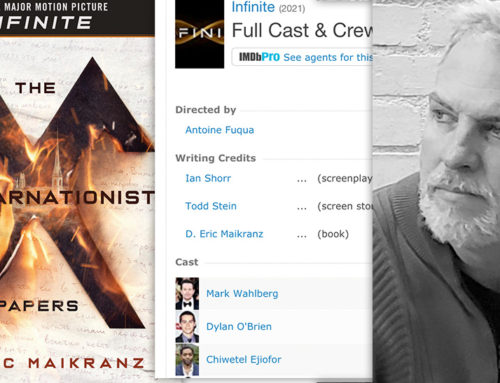
great information ,thank you
James, your post reads like something a scientist would write summing up the results of a study or experiment. Probably because that’s what it is — and why indie authors should pay attention to what you say. I have one personal question, which you have no obligation to answer. I believe I can follow all of your ten commandments except the latter part of the first: “Create quality ebooks in a definable genre.” Creating a quality book is no problem. If I didn’t believe I could do that, I wouldn’t be writing this comment. But assuming, as I think I must, that the often pretentious and boring thing called “literary fiction” isn’t “in a definable genre,” has my clock stopped ticking? Am I dead?
It probably isn’t quite enough that the genre is ‘definable’. It also has to be a ‘definable genre’ that is currently popular. If you’re selling something, not just ebooks, it has to be something that people are buying. On a recent visit to a Barnes & Noble I saw lots of shelf space devoted to ‘Paranormal Romance’, ‘Teen Paranormal Romance’, ‘Christian Fiction’ and ‘Chick Lit’. You’ll probably have better luck in these genres than in, say ‘Poetry’ or ‘Literary Fiction’.
Even in what used to be known as ‘genre fiction’ (Mystery, Science Fiction, Fantasy and Horror), you’re likely to have more success in the more popular sub-genres (‘Urban Fantasy’, for example, though I’m not quite sure what that is!), and while Zombies are in, Ghosts seem to be out of fashion at the moment.
All the marketing and social media in the world probably won’t help too much to sell what isn’t selling.
@Ron
Thanks for your comment. I do tend to get a little analytical because of my background in computers and accounting. But this is a study. I think it is a drill that every ebook author should do in his genre. How are the authors in their genre marketing their ebooks? That is the question that should be question.
For example your book, Promised Valley Rebellion, is in the historical fiction genre. There are several forums in this area that you should be placed in if you’re not already. That is what Amanda has done. Keep plugging along and you can reach the ‘Promised Valley’ of lucrative sales.
Ron, as a side note, I noticed in your product description on Amazon, there was a comment that read “needed a quick-reference character list”. This is a good opportunity to add in-book links to a character list at the end of your ebook. Ebooks gives you the opportunity to republish your ebook with this added feature unlike your paper edition.
Recently I had a blog on SPR on Rendering Your eBook that could be helpful.
Good luck with your book.
@Tom
Thanks for your comment. Really a good point. I agree with you. That’s why serious ebook authors have to do their homework before they start writing. What kind of audience are they writing too? Is it marketable? Things like that.
An author could write the best book ever written about ‘Truck Tires’ but besides a few friends and relatives and maybe some truckers they won’t sell many units.
Tom and James, many, many thanks for your comments. I like your honest appraisals of the market for indie books and what to do about it. I’ll be peeking in on your blogs and/or websites from time to time. James, I’m especially grateful to you for your side note. I read your blog on SPR on Rendering Your eBook when you posted it. I was most impressed. What you said seemed so obvious and yet I’d never imagined it. I further never imagined I could use your advice for the purpose of solving my own “character list” problem. I’m going to do precisely what you suggest I do. The links are what any work of fiction with more than a few important characters should give the reader. Someday the reader will expect to have them.
Lol, I feel inspired by this article. Keep up the good work!
milene:
thanks for your comment. it is a great opportunity for ebook authors.
This gets a thunbs up from me being somewhat new to the self publishing arena….I have meet and gather tons of valuable info thanks a million selfpublishing dot com
Hi,
If you are interesting in selling your eBooks (tutorials, manuals, guides) I recommend that you visit our website, The Wise Journey. There you can sell your products and you keep most of the profit.
You provide products with high quality which will be seen by thousands of customers at our website. This will surely increase your sales and income.
Visit us at http://www.thewisejourney.com and read more at Partner Program.
Regards
Jamie McLennan